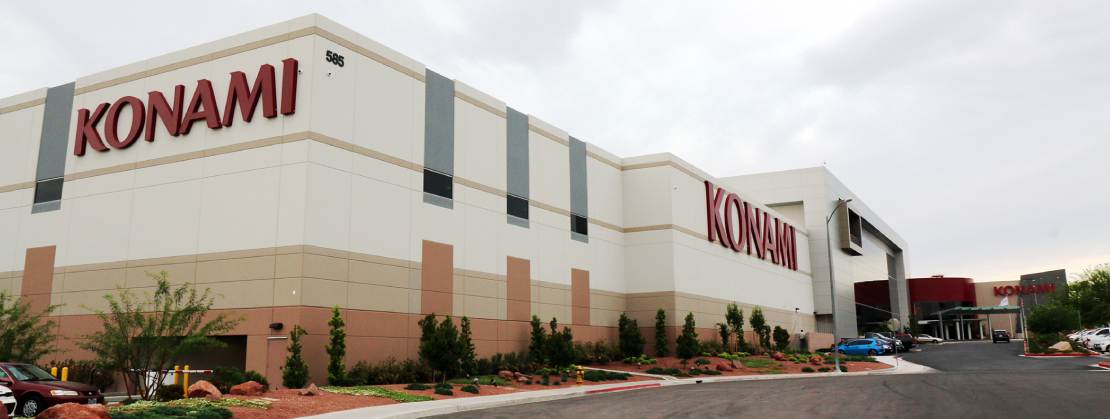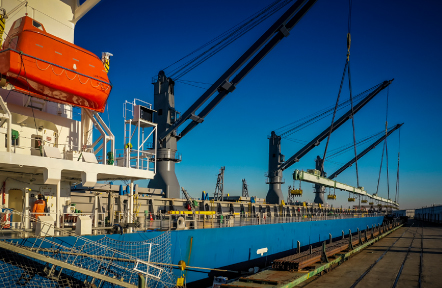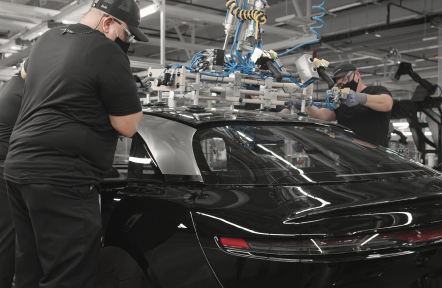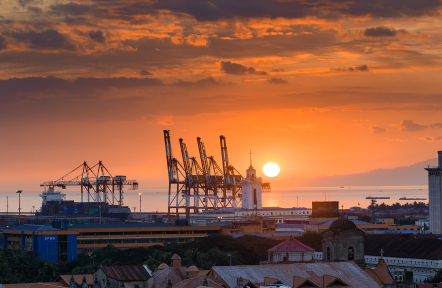
Entering their 105th anniversary, relations between Colombia and Japan have assumed a higher profile over the last few years with high-level trips by officials from both countries, including a state visit to Tokyo by Colombian President Juan Manuel Santos in September 2011.
That year, Colombia and Japan signed the Agreement for the Promotion and Protection of Investment, the first step in continuing efforts to expand the coverage of their economic relations. The two sides have also just completed two rounds of negotiations in finalizing the Economic Partnership Agreement (EPA), with a third round in Tokyo planned soon.
“Regarding the EPA, we are seeking a positive impact on national economic development. The National Planning Department prepared a study on the impact of various trade agreements on the country. This study concluded that a trade agreement with Japan will add another 0.16 percent to GDP growth,” said President Santos.
Japanese Ambassador to Colombia Kazuo Watanabe agreed: “This is a very important aspect. If Japan can conclude this EPA with Colombia, it would indeed be a win-win situation.”
Over the past two decades, Colombia’s leaders have persisted in breaking away from the country’s troubled history, shedding its tarnished image, and solving its deeply rooted economic and social problems.
Today, it looks like their cumulative persistence has begun to pay off, with many observers noting that the biggest concerns of prospective foreign investors have been addressed.
“Since 2002, beginning with former President Uribe, and then under the current administration of President Santos, Colombia has tremendously increased its level of security,” said Fumihiro Shimizu, the representative of the Japan External Trade Organization (JETRO) in Bogota.
But the process is far from over, as the country first needs to change the world’s perception.
“Colombia has so much to offer that the world just doesn’t know about yet,” admitted Jorge Alberto Duran, president of BC Hoteles, which operates an award-winning hotel in the city of Cartagena.
The observation is shared by several local businessmen.
“The first image they have of Colombia is that it is very dangerous. Under the leadership of former President Uribe, the security situation improved drastically. The challenge is to bring the Japanese to Colombia. Once they get here, they immediately fall in love with the country,” said Incolmotos-Yamaha President Francisco Sierra, who also once served as ambassador of Colombia to Japan.
The steady improvement over the last several years has translated into consistent growth. Since 2003, the country has reported an average annual growth rate of 4 percent. In 2012, GDP growth reached 4 percent, just slightly above the regional average of 3.5 percent.
Reaffirming those figures, credit rating agency Moody’s has raised the outlook on Colombian government bonds to a “stable” BAA3, a move that translated into increased foreign direct investment (FDI) valued at around $16 billion a year, with a significant amount going to the mining, energy, and oil and gas sectors.
“Colombia represents a very good investment opportunity not only in upstream oil and gas, but also in infrastructure. Obviously, Japan can bring quite a bit to the table in infrastructure projects,” said Canacol Energy President and CEO Charle Gamba.
Colombia’s need for infrastructure development and Japan’s tried-and-tested know-how in the field provide lucrative avenues for bilateral cooperation.
"If Japan can conclude this EPA with Colombia, it would indeed be a win-win situation,”
- Kazuo Watanabe, Ambassador of Japan to Colombia
“We can use the expertise of the Japanese in infrastructure development. Japan has one of the finest infrastructure networks in the world. We can take advantage of Japan’s extraordinary knowledge in this field,” stressed FAM Group President Carlos Guillermo Aragon Farkas.
Because of Colombia’s backlog in infrastructure development, the government can assure Japan of a long list of projects in need of investment.
“There is a growing expectation for infrastructure investment over the next 10 years. We should be seeing incrementally larger projects coming downstream.There is a lot of catching up to do,” noted Juan Pablo Cordoba, the president of the Colombia Securities Exchange.
The opportunity has not gone unnoticed by Japan.

“The Japanese government and the private sector have an interest in infrastructure development here in Colombia. This is a vast country with three chains of mountains, making transport challenging, particularly between the east and west of the country. We hope that the Japanese public and private sectors can contribute to improving the infrastructure in Colombia,” said Ambassador Watanabe.
On the consumer side, the steady growth of the Colombian economy has led to a swelling middle-class, which has been spending more and aspiring for more.
“In the past 10 years, there have been great strides made in reducing poverty, and this growing middle class is responsible for pushing consumption higher not only of electronics but also of cars, houses, among other things. You now see many premium brands here in Colombia that you might not have seen 10 years ago,” said Sony Colombia President Takashi Kawano.
Amid the growing prosperity, both countries have realized similarities between their peoples.
“Colombian workers are very diligent and hardworking, very much like the Japanese. There is high quality of the labor force here in Colombia, which is something that should be considered by Japanese investors,” said Ambassador Watanabe.
Other business owners agree, among them Federico Pfeil-Schneider, who has headed Distribuidora Toyota for 46 years.
Launched in 2012, the regional Pacific Alliance bloc has also become another investment incentive.
Made up of Colombia, Mexico, Peru and Chile, the trade bloc represents about 36 percent of Latin America’s GDP, estimated at $2 trillion.
“Doing business in Colombia not only gives you access to a market of 45 million people; through the Pacific Alliance, you also gain access to a 600 million person market,” said Francisco Guaqueta Hemelberg, the president of the Colombian-Japanese Chamber of Commerce.
The Colombian president stressed: “We want Colombia to be known for its high levels of investor confidence, which is seen in the record number of foreign investment in recent years.”
So, as efforts of the past two decades continue to bear fruit, it becomes clearer that when faced with the question of “where to invest in South America,” the answer becomes Colombia.
- Note: This Special Report on Colombia originally appeared in The Japan Times on August 30, 2013 (Credit: Philippe Le Saux and Jose Sanchez)












